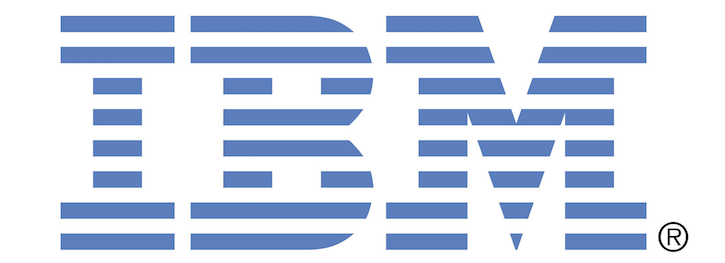IBM's $34B Acquisition of Red Hat and Its Healthcare Implications
Both IBM and Red Hat have strong roots in health tech, a sector increasingly focused on cloud services.

IBM will pay $34 billion to buy Red Hat.
In a move it’s calling the most important tech deal of the year, IBM has announced plans to buy the open-source enterprise software company Red Hat for $34 billion. The move, described as the largest software acquisition ever, stands to boost IBM’s positioning in the cloud services market, a sector that’s becoming increasingly important to health tech.
“The acquisition of Red Hat is a game changer,” Ginni Rometty, IBM’s chairman, president and CEO, said in a statement. “It changes everything about the cloud market.”
>> LISTEN: Can Healthcare Disrupt Itself?
IBM said the deal unites two “best-in-class” hybrid cloud providers at a time when businesses are still stumbling to move their operations to the cloud, primarily because of proprietary restrictions that block organizations from moving data across multiple clouds and pose data security issues. The organizations plan to accelerate hybrid multi-cloud adoption by helping enterprise clients develop cloud-native applications, data security protections and stronger data portability.
Although the announcement didn’t mention healthcare, it’s clear that the industry will continue to be a target of IBM and Red Hat, which is poised to operate under its own name and maintain its headquarters, brands and practices.
For one, healthcare is undergoing a challenging digital transformation that most industry observers argue is lagging. But a recent survey suggests healthcare is ahead of the game in terms of cloud adoption, with 35 percent of respondents storing more than 50 percent of their data and infrastructure on the cloud, compared to 31 percent in other industries. Still, healthcare’s cloud adoption remains far from complete.
Healthcare does, however, appear to recognize the benefits of the cloud. In column after column on this website and others, healthcare leaders emphasize the cloud’s value in enhancing healthcare interoperability, data security and workflow optimization. In acknowledging the cloud’s potential for healthcare, BCC Research earlier this year projected the market to hit $35 billion by 2022.
Rometty noted that across industries, most businesses are just 20 percent into their migration to the cloud.
“The next 80 percent is about unlocking real business value and driving growth,” she said. “This is the next chapter of the cloud. It requires shifting business applications to hybrid cloud, extracting more data and optimizing every part of the business, from supply chains to sales.”
The histories of IBM and Red Hat also suggest that they will indeed pursue all kinds of healthcare stakeholders.
IBM, of course, has worked on health-tech enterprise for years. Most notable, in recent years, has been IBM Watson Health, an artificial intelligence (AI) technology that has drawn harsh criticism for its limited results and grandiose marketing. (An investigation this past summer found that Watson had recommend “unsafe and incorrect” cancer treatments, a key part of IBM’s business that the company said it has since improved.) Critics argue that Watson’s shortcomings have damaged IBM’s reputation in health-tech circles, and the Red Hat acquisition could represent a core business shift from Watson and AI to the cloud. It’s possible that skeptical healthcare clients could be more eager to pay for cloud solutions than still-in-question AI technologies, making the Red Hat deal something of a reset for IBM.
And Red Hat has deep ties in health IT, using its open-source tech to support data analytics, cybersecurity and interoperability. The company works with hospitals and providers, pharma companies, software vendors and more, including Cerner, which in 2014 used Red Hat tech to “enhance the stability and performance” of its electronic health records systems.
“Healthcare is a 24-hours-a-day, 365-days-a-year industry,” a Cerner executive said at the time. “Stability is essential for us, and Red Hat Enterprise Linux provides that.”
So, what does it all mean? If IBM and Red Hat succeed in fostering hybrid multi-cloud adoption, they could help healthcare organizations merge disparate data, connect the fragmented cloud environment and curb costs by cutting inefficiencies. But “if” and “could” are still key words here.
Red Hat, however, envisions successful futures for IBM and clients who tap the company to lead their cloud migration.
“Since the day we decided to bring open source to the enterprise, our mission has remained unchanged,” noted Paul Cormier, Red Hat’s president of products and technologies. “And now, one of the biggest enterprise technology companies on the planet has agreed to partner with us to scale and accelerate our efforts, bringing open-source innovation to an even greater swath of the enterprise.”
Get the best insights in healthcare analytics directly to your inbox.
Related
IBM-Anthem Deal Is All About the Digital Transformation
IBM Watson Health Releases Diabetes App, Touts Power of Data
What Pfizer, GSK and Merck Could Learn from Lou Gerstner’s IBM of the 1990s